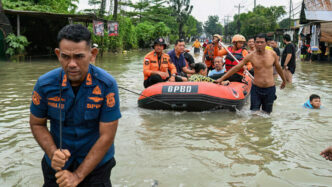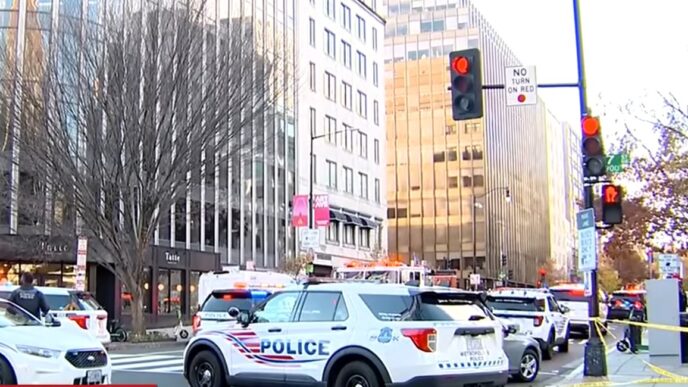More than 300 people have died after days of severe flooding swept through parts of Southeast Asia, with Indonesia, Thailand and Malaysia bearing the brunt of the disaster, according to authorities on Friday.
Torrential monsoon rains combined with a tropical storm system have submerged entire communities, forcing residents onto rooftops and isolating remote areas.
In Indonesia, rescue teams are struggling to reach some of the worst-hit districts on the island of Sumatra, where flooding and landslides have killed at least 174 people, while close to 80 others remain unaccounted for.
Officials from the National Disaster Mitigation Agency warned that the number of casualties is likely to rise as access to cut-off locations improves.
Suharyanto, head of the agency, said several areas were still completely unreachable, raising concerns that more victims could be trapped or dead in those zones.
Police spokesperson Ferry Walintukan added that efforts were currently focused on evacuations and delivering aid, though poor weather and broken communications were hampering operations.
Authorities hope to use helicopters to access isolated communities once conditions improve.
In Aceh, in northern Sumatra, floodwaters have receded in some areas, revealing vehicles half-buried in mud and abandoned trucks stranded on damaged roads.
More rainfall is expected across Sumatra, although meteorologists say the intensity should gradually reduce.

Southern Thailand has also suffered heavy casualties, with at least 145 people reported dead as floodwaters surged through towns and villages.
In Hat Yai, many residents were forced to escape by climbing onto rooftops and awaiting rescue boats.
Hospitals have been overwhelmed, with one major facility admitting it had run out of space in its mortuary and was relying on refrigerated trucks to store bodies.
Public anger has grown over the handling of the crisis in Thailand, and two local officials have been suspended over alleged failures in the disaster response.
Survivors described how water levels rose alarmingly fast, in some cases reaching the second floor of homes.
Businesses were also hit hard, with some shops looted and left in ruins as desperate residents searched for food and supplies.
In Malaysia, at least two people have died after heavy rain flooded parts of the northern state of Perlis, adding to the region-wide toll.
Experts have linked the scale and intensity of the disaster to climate change, which has altered weather patterns and intensified storms.
Warmer oceans and higher atmospheric temperatures allow weather systems to produce heavier rainfall, increasing the risk of flash floods and landslides.
Climate adviser Renard Siew said scientists have repeatedly warned that extreme weather events would become more frequent and dangerous as global temperatures rise, adding that the current disaster reflects those growing risks.


 Trending
Trending 





